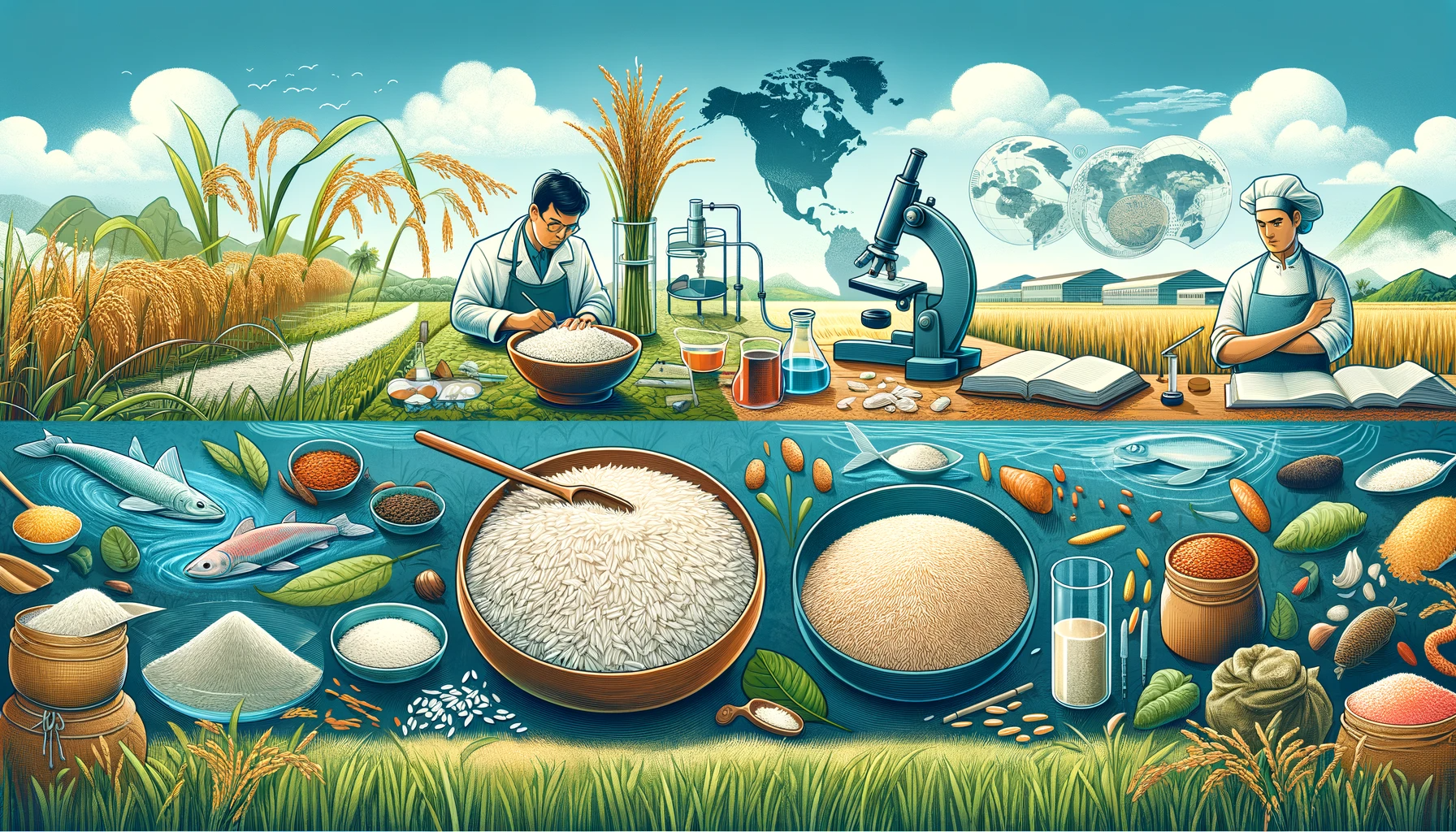Introduction
Rice is not just a staple food in Asian cuisine; it is the heart and soul of countless dishes that span across the continent. From the fragrant jasmine rice of Thailand to the sticky sushi rice of Japan, rice takes on diverse forms and flavors in Asian cooking. In this article, we will delve deep into the world of rice in Asian cuisine, exploring key ingredients and iconic dishes that define this culinary tradition.
The Importance of Rice in Asian Culture
Before we explore the ingredients and dishes, let’s understand the cultural significance of rice in Asia. In many Asian cultures, rice is not just a source of sustenance but also a symbol of prosperity, fertility, and even spirituality. Rice holds a central place in rituals, festivals, and daily life, making it an integral part of Asian culture.
Key Ingredients in Asian Rice Dishes
1. Rice Varieties
a. Jasmine Rice
Jasmine rice, known for its fragrant aroma and delicate, long grains, is a staple in Thai cuisine. It pairs perfectly with Thai curries, stir-fries, and seafood dishes.
b. Basmati Rice
Basmati rice is beloved in South Asian cuisines, especially Indian and Pakistani. It boasts a unique nutty flavor and slender grains, making it ideal for biryanis, pulao, and other aromatic dishes.
c. Sticky Rice
Sticky rice, also known as glutinous rice, is a staple in Northeast and Southeast Asian countries. It is used to make dishes like sticky rice with mango (Thailand) and zongzi (China).
2. Rice Noodles
a. Pad Thai
Pad Thai, a famous Thai stir-fried noodle dish, features thin rice noodles as its base. It’s a harmonious blend of sweet, sour, and savory flavors.
b. Pho
Pho, a Vietnamese noodle soup, showcases flat rice noodles. It’s renowned for its rich, aromatic broth and diverse topping options.
3. Rice Paper
a. Spring Rolls
Spring rolls, a popular appetizer across Asia, are often wrapped in rice paper. These delicate, translucent wrappers encase a variety of fillings.
Iconic Rice Dishes in Asian Cuisine
1. Sushi (Japan)
Sushi is an internationally acclaimed Japanese dish that features vinegared rice combined with various ingredients like fresh seafood, vegetables, and occasionally tropical fruits. It’s an artful and delicious culinary experience.
2. Nasi Goreng (Indonesia)
Nasi Goreng is Indonesia’s take on fried rice, typically cooked with shrimp, chicken, or vegetables. The dish is flavored with sweet soy sauce and garnished with a fried egg and crispy shallots.
3. Biryani (India)
Biryani is a fragrant Indian rice dish made with basmati rice, aromatic spices, and a choice of meat or vegetables. It’s slow-cooked to perfection, resulting in layers of flavors.
4. Kimchi Fried Rice (Korea)
Kimchi fried rice is a Korean comfort food made with leftover rice, kimchi, vegetables, and often topped with a fried egg. It’s a spicy and satisfying dish that’s easy to prepare.
5. Hainanese Chicken Rice (Singapore)
Hainanese chicken rice is a Singaporean favorite featuring succulent poached chicken served with fragrant jasmine rice and a trio of dipping sauces. It’s simple yet incredibly flavorful.
Conclusion
Rice in Asian cuisine is more than just a dietary staple; it’s a cultural symbol and a canvas for culinary creativity. From the various rice varieties to the iconic dishes, Asian cuisine showcases the versatility of rice in countless ways. Whether you’re savoring a bowl of sushi in Japan or enjoying a plate of nasi goreng in Indonesia, rice plays a vital role in shaping the rich and diverse tapestry of Asian flavors. So, the next time you explore Asian cuisine, remember to appreciate the humble grain that binds it all together – rice.
